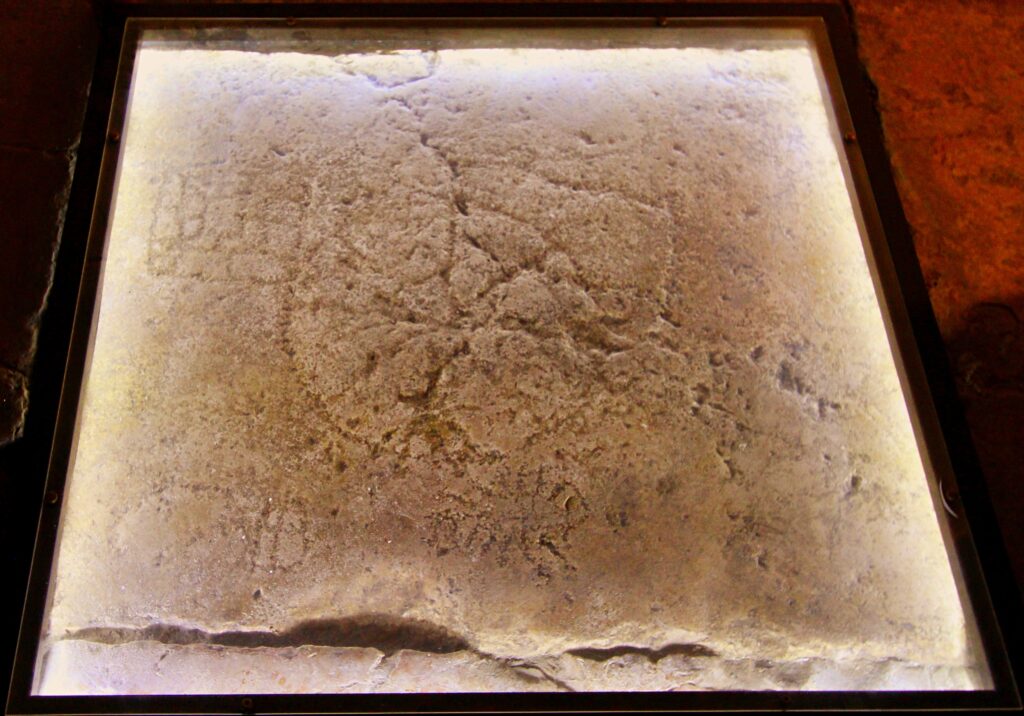
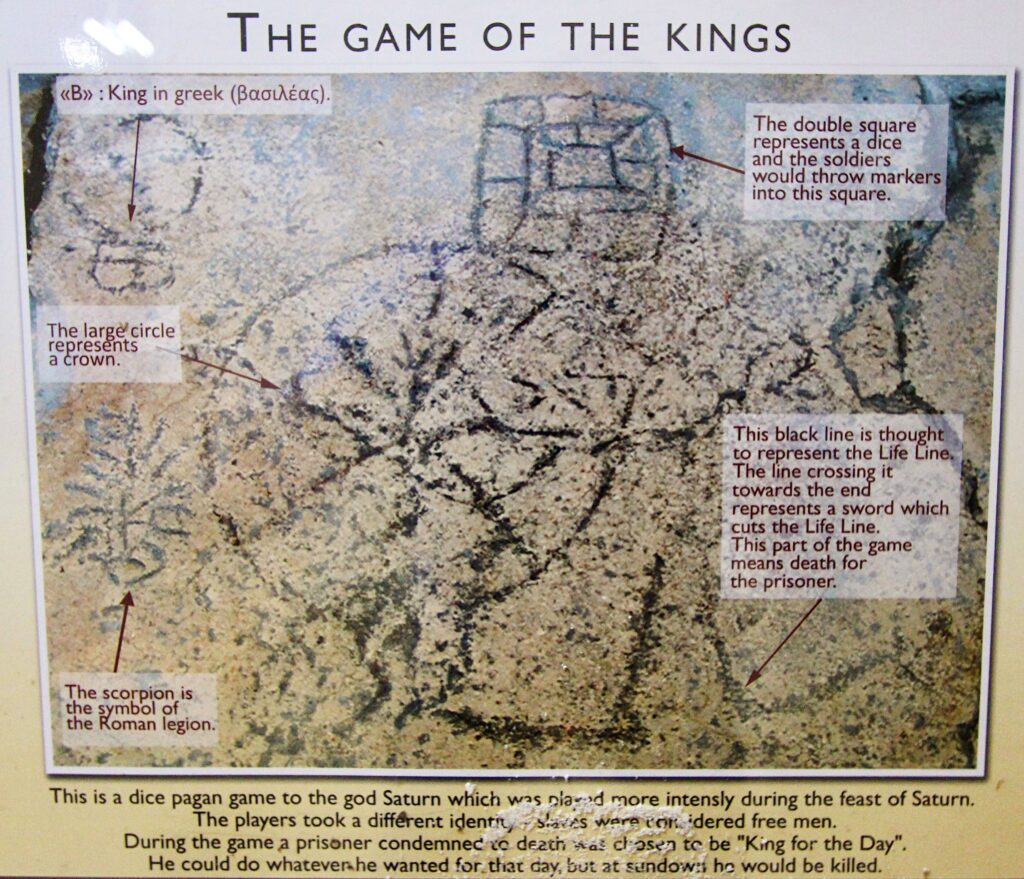
The King Game (known as Basileus in Greek) was commonly played throughout the Roman Empire by soldiers. The soldiers preferred to play using a condemned prisoner, but it is thought that a non-violent version of the game could be played amongst the soldiers themselves when a prisoner was not available. In the double-square, sheep knuckles were thrown as dice and the prisoner’s experiences would move along the stone game board until finally reaching the end of the lifeline, when they would be executed.
The Game of Kings follows so closely to the scriptural account of the Lord’s mocking and torture by the Romans that the soldiers were surely playing the game:
“Then the soldiers of the governor took Jesus into the common hall, and gathered unto him the whole band of soldiers. And they stripped him, and put on him a scarlet robe. [An expensive royal color.] And when they had plaited a crown of thorns, they put it upon his head, and a reed in his right hand: and they bowed the knee before him, and mocked him saying, Hail, King of the Jews! And they spit upon him, and took the reed, and smote him on the head. And after that they had mocked him, they took the robe off from him, and put his own raiment on him, and led him away to crucify him.” Matthew 27:27-31.
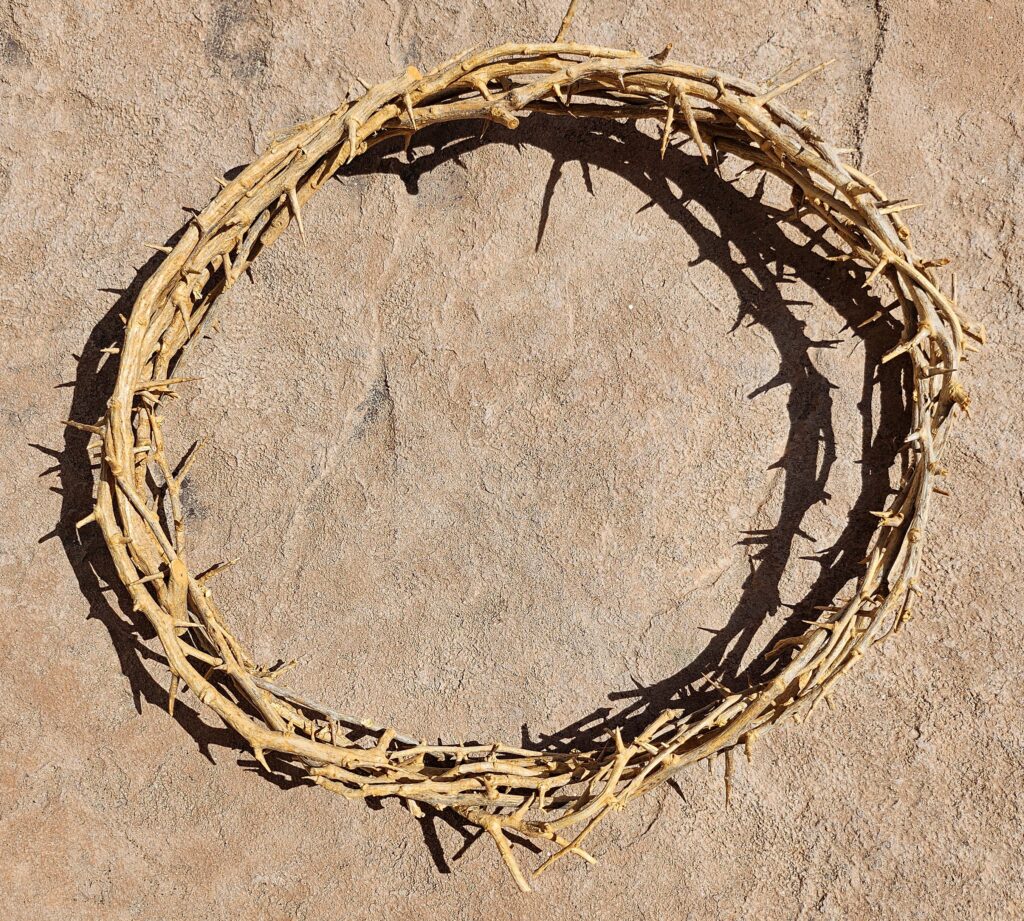
There are two types of trees in Israel (that I am aware of) that could have been used to make the crown of thorns, the acacia tree and the jujube tree.
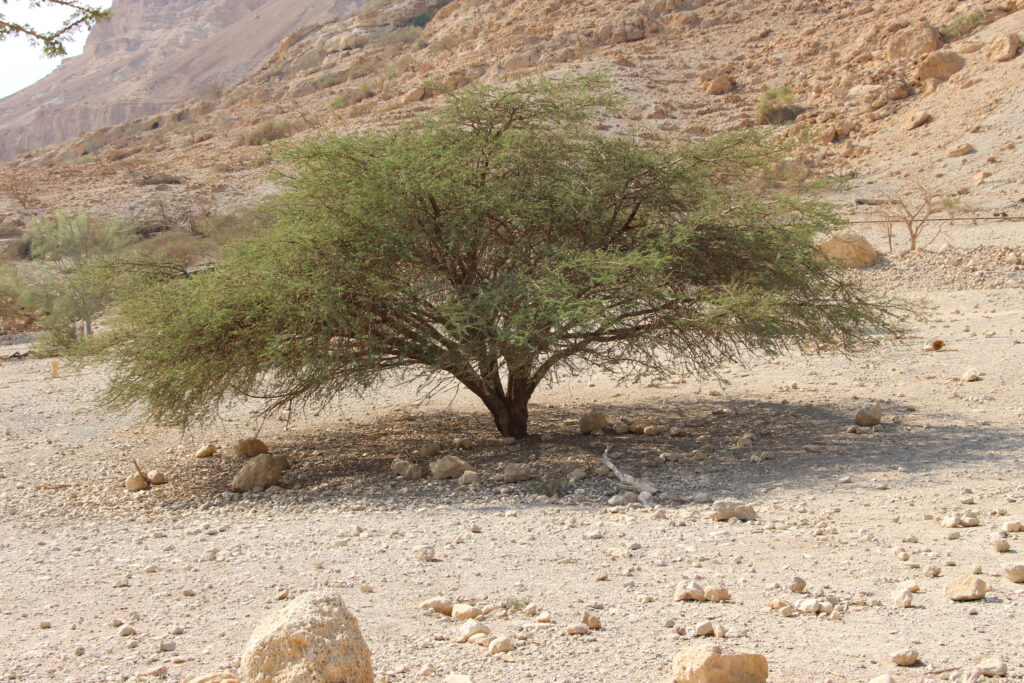

Visitors to Jerusalem’s Old City can view the Game of Kings stone in the basement of the Ecce Homo Convent of the Sisters of Zion, located on the Via Dolorosa. The basement was first excavated in the 1850’s. Current archaeologists believe the stone was set in a pavement dating to the city built by Emperor Hadrian (about 135 AD). The Game of Kings stone may have been reused from the Jerusalem that was destroyed in 70 AD, or it dates to the later time. The date doesn’t change the game’s meaning or use. Other examples of the Game of Kings have been found throughout the Mediterranean area.
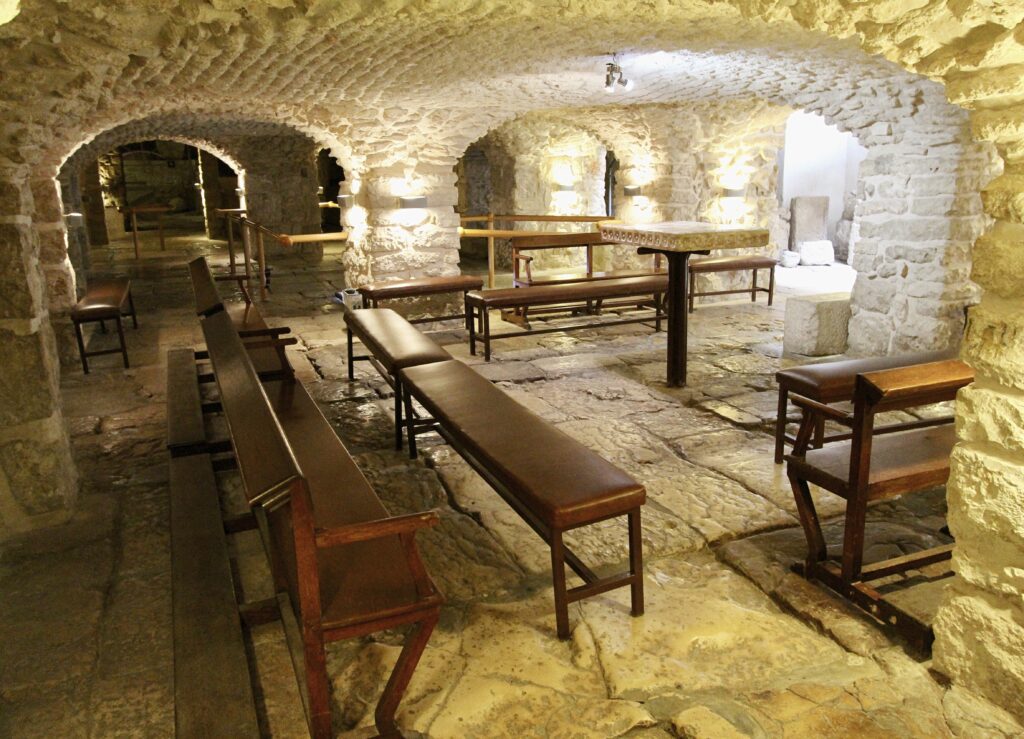
It is unclear if the soldiers enacted their cruel game in the Antonia Fortress (on the north side of the Temple) of which nothing now remains, or at the fortress on the northern end of the palace (today’s Citadel of David). The later is closer to the palace where Pilate tried Jesus. Nothing is now left of the palace.
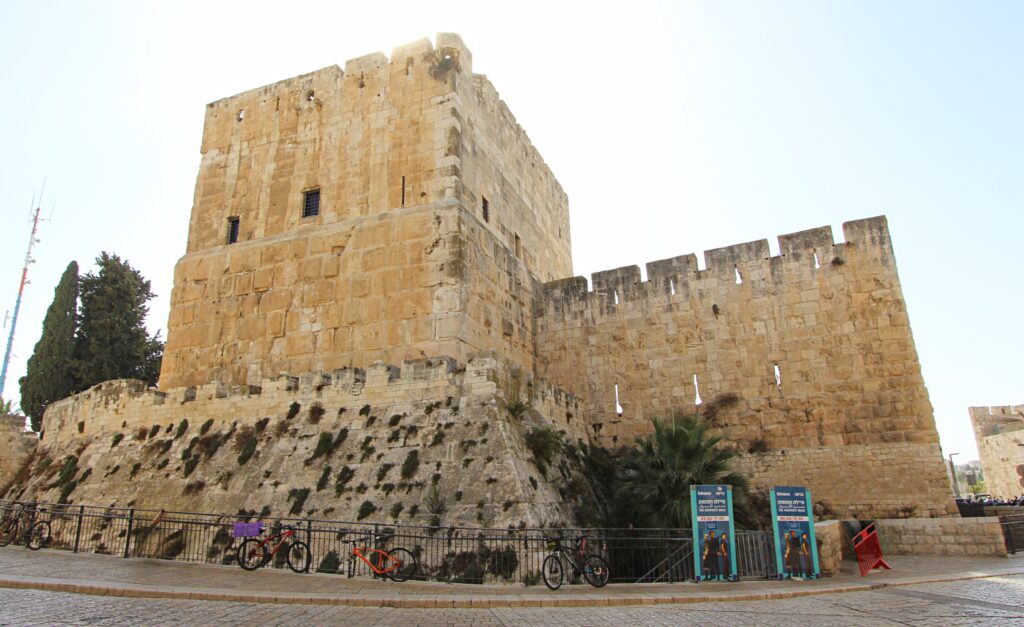
< Previous post on The Garden Tomb is Empty on Easter
Next post on The Potter’s Field Where Judas Iscariot Hung Himself >
Return to Homepage